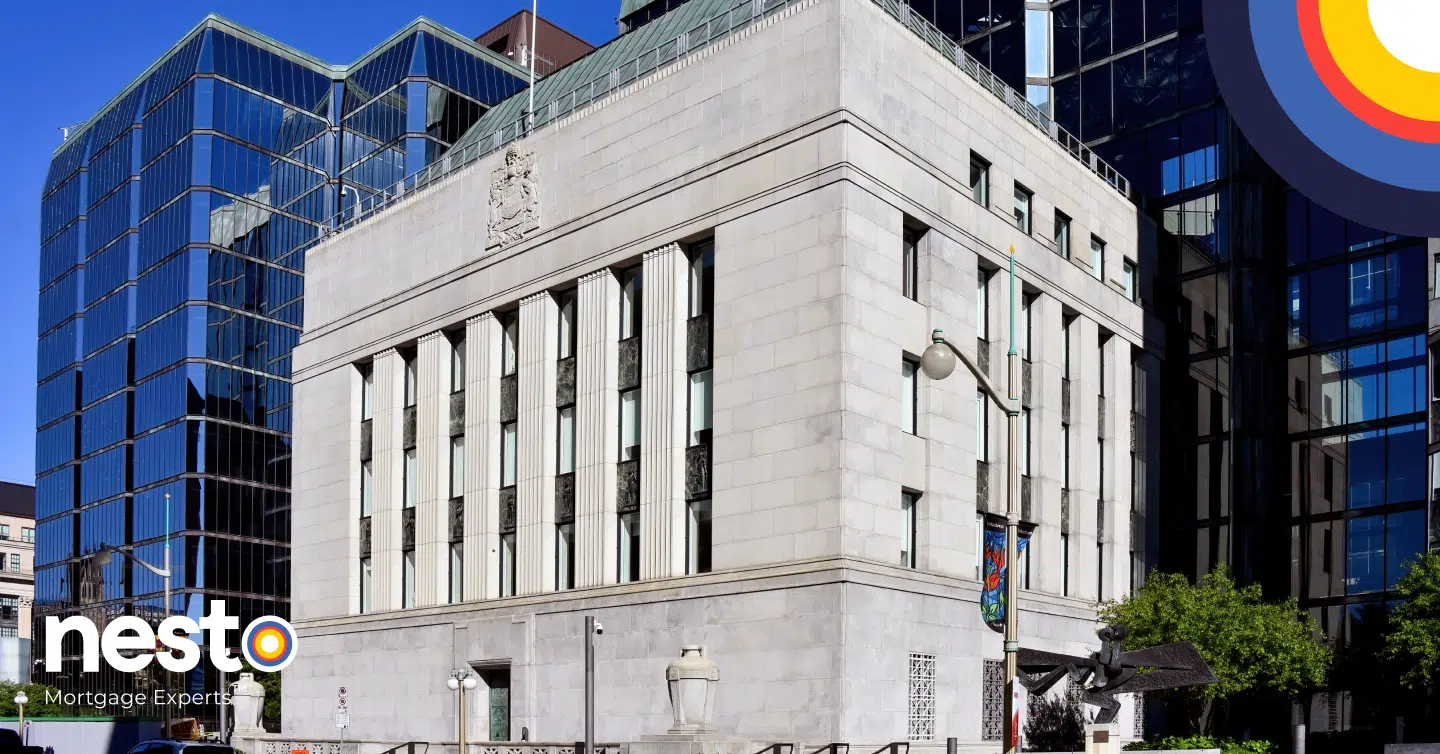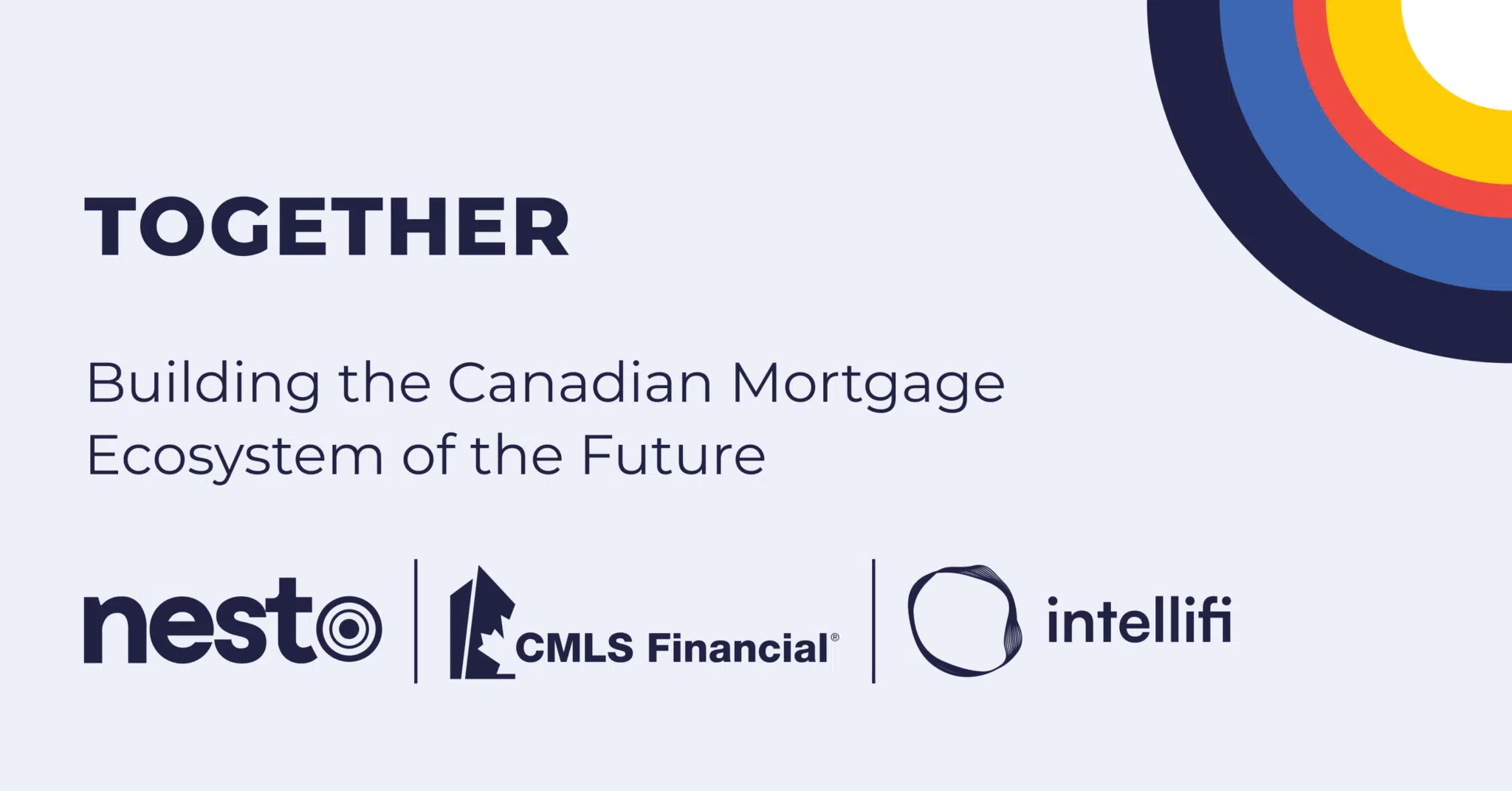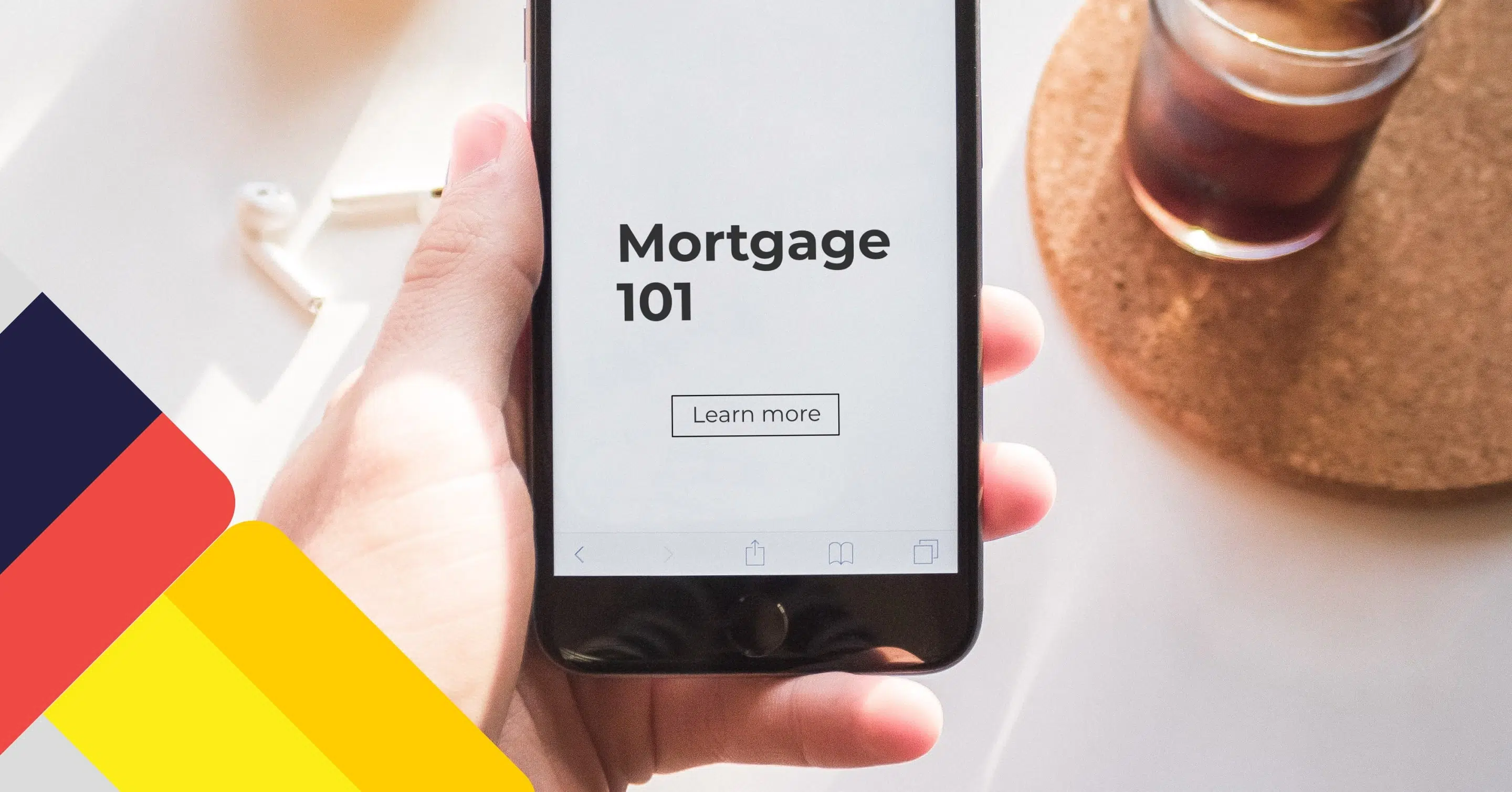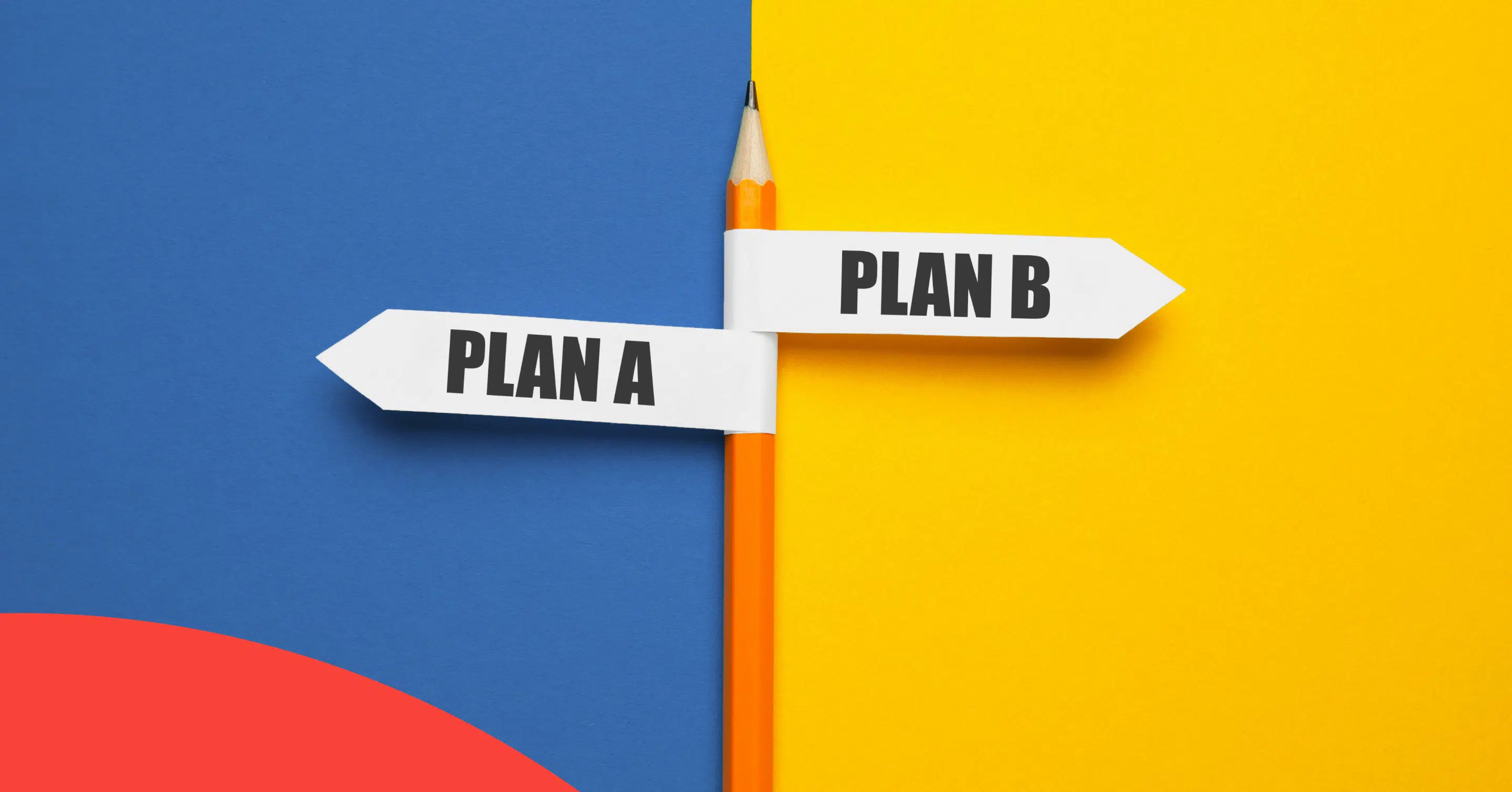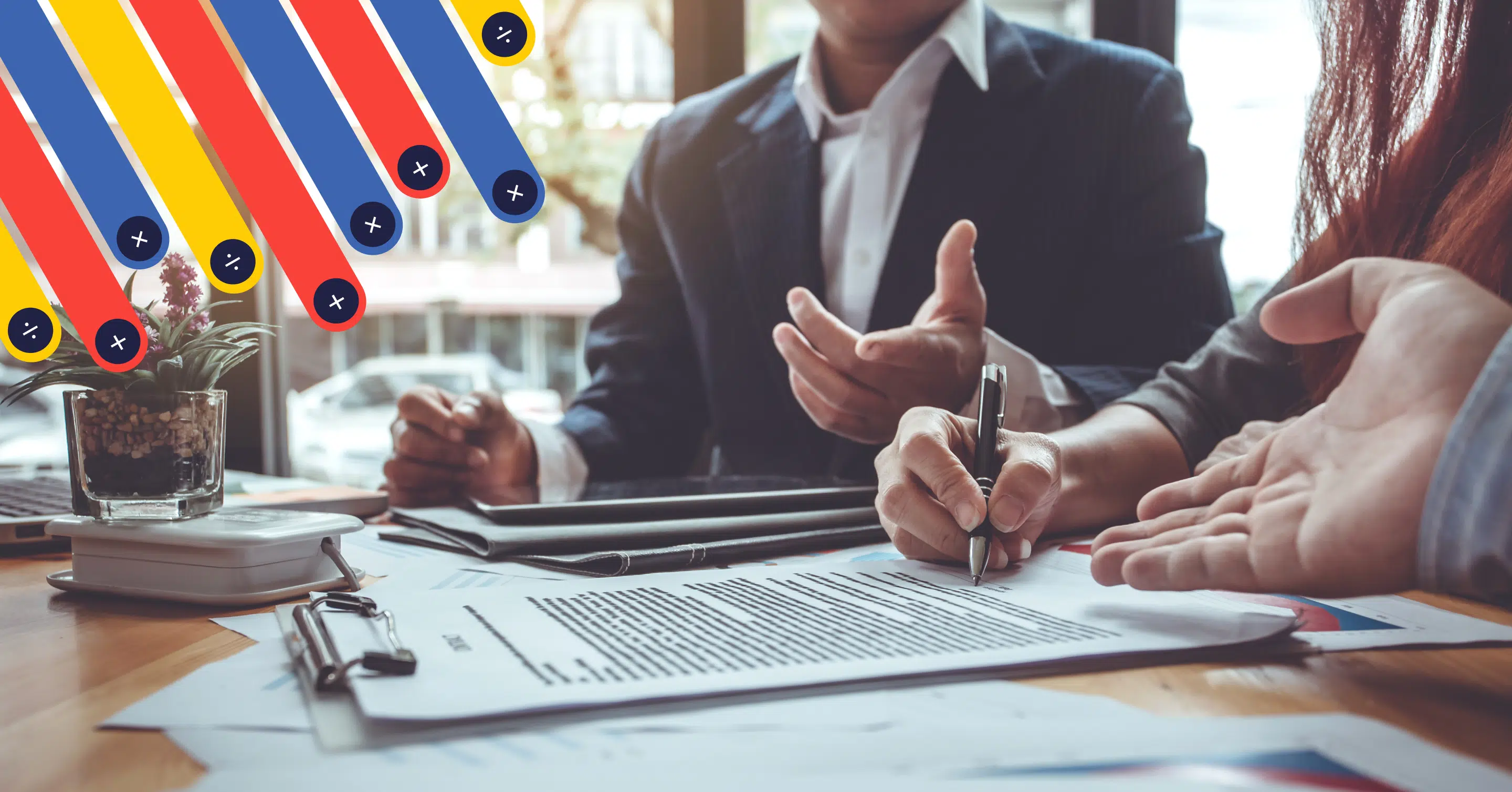Provinces with the Lowest and Highest Income Taxes
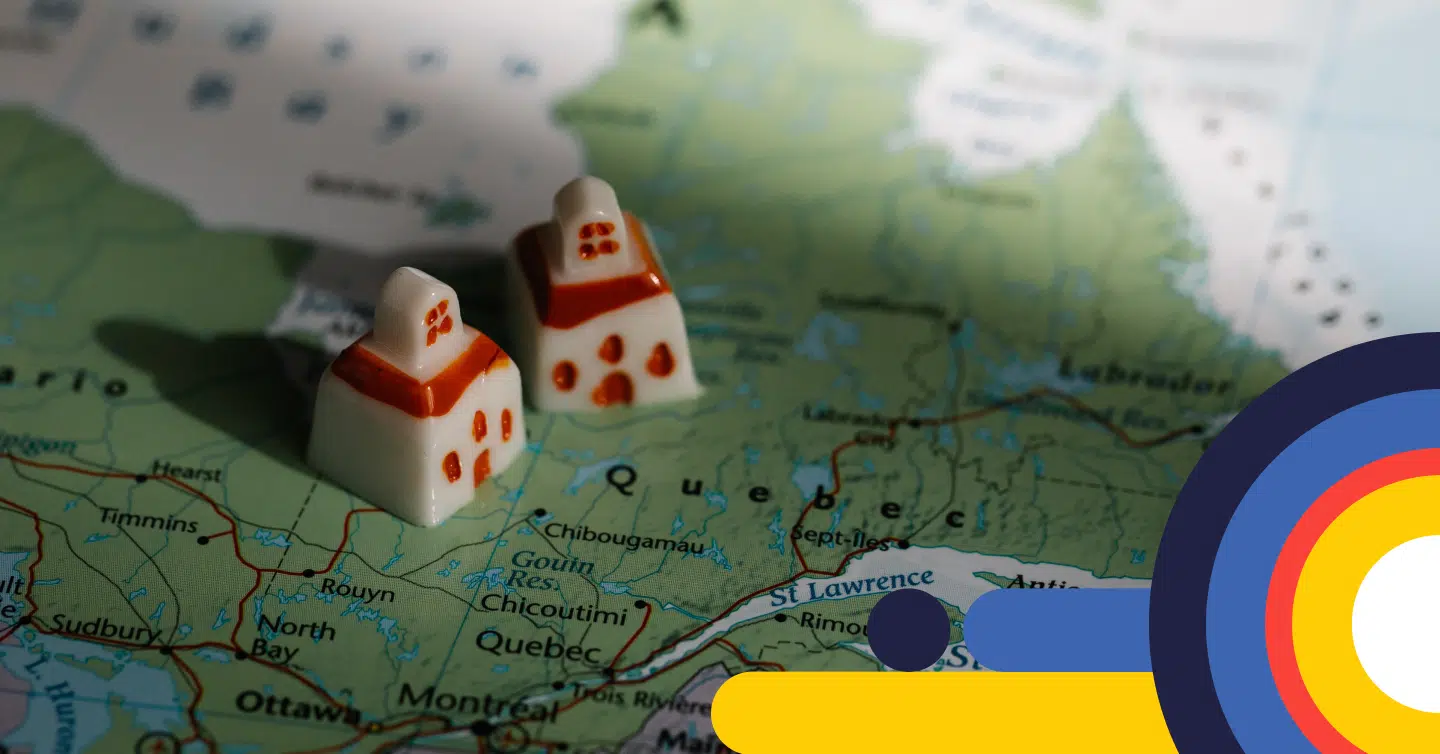
Table of contents
Income tax rates across Canada vary significantly by province, directly impacting how much of your income you keep. Several provinces have adjusted their tax brackets, reflecting average earnings and inflation shifts. Understanding these differences is crucial, especially for those considering a move or planning major financial decisions like homeownership.
This guide outlines the provinces with the lowest and highest income taxes and Canadian income tax updates for those filing taxes in 2025, helping you better navigate your financial planning and assess your after-tax income based on where you live.
Key Takeaways
- Federal income tax brackets for tax filing in 2025 have increased, with a 15% rate on income up to $57,375.
- The taxable portion of capital gains will apply 66.7% for gains over $250,000 starting January 1st, 2026.
- CPP contribution limits have risen, and the TFSA limit is $7,000 for 2025.
Marginal Tax Rates in Canada
Canada employs a progressive income tax system, meaning that as your income increases, so does the rate of tax you pay. Both federal and provincial/territorial governments levy income taxes, each with its own set of rates and brackets. Your income is not taxed if you earn below the federal basic personal amount (BPA).
Basic Personal Amount (BPA)
The BPA is a non-refundable tax credit that allows individuals to earn a certain amount of income before paying federal income tax. For those filing taxes in 2025, the 2024 BPA has increased to $16,129, providing modest relief to taxpayers.
Federal Income Tax Brackets
The Canada Revenue Agency (CRA) adjusted federal income tax brackets for the 2024 tax year to account for inflation and the deadline for filing taxes is April 30th, 2025. The updated brackets are as follows:
| Tax Rate | Income Bracket |
|---|---|
| 15% | on the first $57,375 of taxable income |
| 20.50% | on the next $57,375 (from $57,376 to $114,750) |
| 26% | on the next $63,132 (from $114,751 to $177,882) |
| 29% | on the next $75,532 (from $177,883 to $253,414) |
| 33% | on taxable income over $253,414 |
Provincial Income Tax Brackets
In addition to federal tax, each province and territory has income tax rates and brackets. For specific information, it’s recommended that you consult your provincial or territorial ministry of finance or an income tax expert.
Today’s Best Mortgage Rates as of July 14, 2025
Capital Gains Tax Changes
Note: The proposed capital gains tax change, which would increase the inclusion rate from 50% to 66.67% for capital gains above $250,000 for individuals and on all gains realized by corporations and most types of trusts, has been deferred until January 1st, 2026. For the 2024 and 2025 tax years, capital gains will remain at 50% of all profits realized from the sale of assets.
The Canadian government has proposed increasing the taxable portion of capital gains. The new amounts for individuals are 50% of capital gains of up to $250,000 and 66.67% on amounts exceeding $250,000. Corporations and trusts will realize capital gains of 66.67% on any realized gain. This change aims to generate additional revenue for social programs and housing initiatives.
The increase in the capital gains tax may affect homeowners, particularly those selling properties with significant appreciation that are not considered their principal residence. When considering the sale of real estate assets, it’s crucial to understand how these changes impact your financial situation and consult a tax professional.
Canada Pension Plan (CPP) Contributions
The CPP maximum pensionable earnings have increased to $71,300. The total contribution rate is 11.9%, split equally between employees and employers. The maximum contribution for each is $4,034.10, while self-employed individuals pay the full 11.9% up to a maximum of $8,068.20. Contributions apply only to annual earnings above the minimum threshold of $3,500.
A second CPP component also applies to earnings between $71,300 and $81,200. The contribution rate for this range is 4.00% for employees and employers (a maximum of $396.00 each) and 8.00% for self-employed individuals (a maximum of $792.00). This ensures that higher earners contribute proportionally more.
Tax-Free Savings Account (TFSA) Limit
The TFSA contribution limit for 2025 has been set at $7,000, bringing the cumulative contribution room to $102,000 for individuals who have been eligible since the TFSA’s inception in 2009.
We’re curious…
Top 5 Provinces/Territories with the Lowest Tax Rates
The top 5 provinces and territories with Canada’s lowest income tax rates.
Nunavut
- 4% on income up to $53,268
- 7% on income between $53,268 and $106,537
- 9% on income between $106,537 and $173,205
- 11.5% on income over $173,205
British Columbia
- 5.06% on income up to $47,937
- 7.7% on income between $47,937 and $95,875
- 10.5% on income between $95,875 and $110,076
- 12.29% on income between $110,076 and $133,664
- 14.7% on income between $133,664 and $181,232
- 16.8% on income between $181,232 and $252,752
- 20.5% on income over income over $252,752
Northwest Territories
- 5.9% on income up to $50,597
- 8.6% on income between $50,597 and $101,198
- 12.2% on income between $101,198 and $164,525
- 14.05% on income over $164,525
Yukon
- 6.4% on income up to $55,867
- 9% on income between $55,867 and $111,733
- 10.9% on income between $111,733 and $173,205
- 12.8% on income between $173,205 up to $500,000
- 15% on income over $500,000
Ontario
- 5.05% on income up to $51,446
- 9.15% on income between $51,446 and $102,894
- 11.16% on income between $102,894 and $150,000
- 12.16% on income between $150,000 and $220,000
- 13.16% on income over $220,000
Want to save thousands of
dollars on your renewal?
Renew with nesto and you can.
Top 5 Provinces/Territories with the Highest Tax Rates
The top 5 provinces and territories with Canada’s highest income tax rates.
Quebec
- 14% on income up to $51,780
- 19% on income between $51,780 and $103,545
- 24% on income between $103,545 and $126,000
- 25.75% on income over $126,000
Manitoba
- 10.8% on income up to $47,000
- 12.75% on income between $47,000 and $100,000
- 17.4% on income over $100,000
Newfoundland and Labrador
- 8.7% on income up to $41,457
- 14.5% on income between $41,457 and $82,913
- 15.8% on income between $82,913 and $148,027
- 17.3% on income between $148,027 and $207,239
- 18.3% on income over $207,239
New Brunswick
- 9.68% on income up to $47,715
- 14.82% on income between $47,715 and $95,431
- 16.52% on income between $95,431 and $176,756
- 17.84% on income between $176,756 and $240,716
- 20.3% on income over $240,716
Nova Scotia
- 8.79% on income up to $29,590
- 14.95% on income between $29,590 and $59,180
- 16.67% on income between $59,180 and $93,000
- 17.5% on income between $93,000 and $150,000
- 21% on income over $150,000
Frequently Asked Questions (FAQs) on Income Tax Rates in Canada
What are the federal income tax rates for filing in 2025 in Canada?
The rates are 15% on the first $57,375, 20.5% on the next $57,375, 26% on the next $63,132, 29% on the next $75,532, and 33% on income over $253,414.
How has the capital gains tax changed?
The taxable portion of capital gains for individuals has increased from 50% to 66.67% on capital gains that exceed $250,000. For corporations and trusts, 66.67% applies to any capital gain amount.
What is the TFSA contribution limit for 2025?
The limit is $7,000, with a cumulative total of $102,000 for those eligible since 2009.
Final Thoughts
Staying informed about income tax regulations and market trends is essential for making smart financial decisions, especially regarding homeownership. Since the province you live in directly affects how much income taxes you’ll need to pay, understanding both federal and provincial tax brackets is crucial for effective tax planning. Remember, your marginal tax rate—combined federal and provincial—significantly determines your overall tax burden. Whether planning to buy your first home or refinancing an existing property, navigating these financial details can be overwhelming. That’s why having the right guidance matters.
For personalized advice and tailored mortgage solutions that fit your financial goals, contact nesto mortgage experts today. Let us help you make the most of your hard-earned money, starting with the best mortgage rate.
Why Choose nesto
At nesto, our commission-free mortgage experts, certified in multiple provinces, provide exceptional advice and service that exceeds industry standards. Our mortgage experts are non-commissioned, salaried employees who provide impartial guidance on mortgage options tailored to your needs and are evaluated based on client satisfaction and advice quality. nesto aims to transform the mortgage industry by providing honest advice and competitive rates using a 100% fully digital, transparent, seamless process.
nesto is on a mission to offer a positive, empowering and transparent property financing experience – simplified from start to finish.
Contact our licensed and knowledgeable mortgage experts to find your best mortgage rate in Canada.
Ready to get started?
In just a few clicks, you can see our current rates. Then apply for your mortgage online in minutes!


